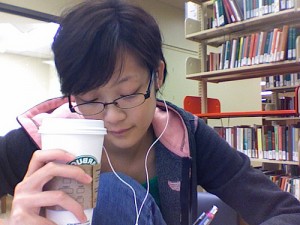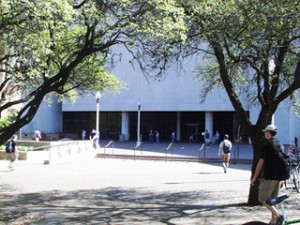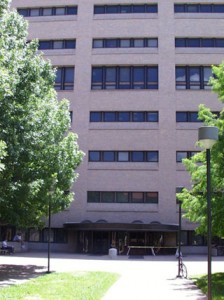
Before I start spouting lean accounting ideas, here’s a brief introduction of the Lean Accounting Summit. It is an annual event where companies come together to learn about lean concepts that can be applied in their operations. Ten professor-student teams from different schools are also selected for scholarships to attend the summit, and this year I was fortunate to get the opportunity!
So, what is lean? It is simply the identification of waste and then the removal of that waste. It can be applied to any process within any function of an organization. This may sound really easy but what makes it such a hot topic? Companies today are so complex and there is resistance to change processes that are already seemingly functional. But as any lean proponent or company that has gone lean will tell you, it has a lot of benefits, some of them being cost reductions, empowering employees and reducing information redundancy.
If we need to identify waste we need to know exactly what it is. Waste is “non-value-added work.” Value-added work TRANSFORMS the MATERIAL or INFORMATION in a way that fulfills a CUSTOMER NEED. Any process or task that does not fit this description is basically waste and should either be eliminated or improved to a point where it does add value.
You must be wondering how all of this relates to accounting. Accounting is a source of a lot of information for the company. In order for this information to be relevant and useful to all other functions, lean is the way to go. There are two definitions for lean accounting: “Lean for Accounting” vs. “Accounting for Lean.” Lean for accounting is making the accounting function within a company lean and removing waste from its processes. Accounting for lean, on the other hand, is accounting for a company that is lean in their manufacturing so that production can make sense of accounting information. This involves modifying traditional financial statements to provide “Plain English Statements.”
Well, I think that is a lot of information to brood over. In my next post I will provide some examples of how companies have implemented lean and the benefits they have derived from it. Of course, the main content of this information is from the lectures at the summit and all the credit goes to the speakers. I’m just a medium to reach out to you fellow MPAs who are interested in lean ideas. I personally find it extremely interesting that just small changes can have huge savings and benefits over the long term. Just like a few more hours of exercise during the week can have a long-term effect. 😉







